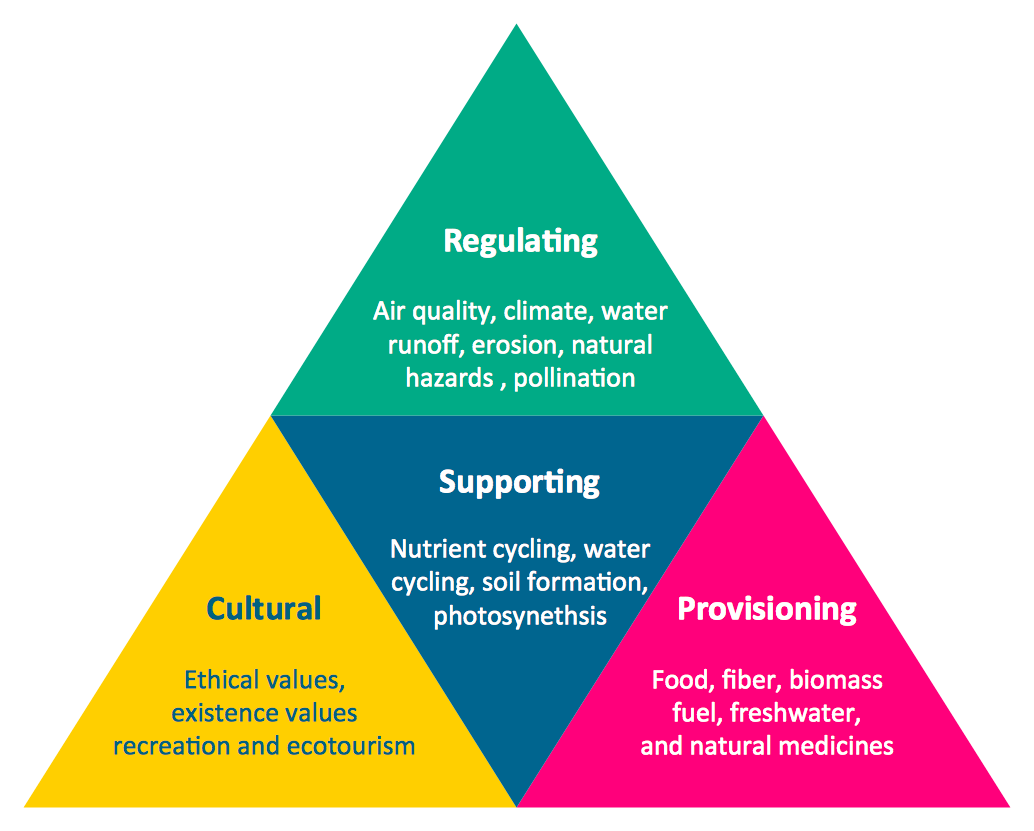Pyramid Chart Examples
Seeking a solution for maximizing the efficiencies throughout the pyramid charts? ConceptDraw examples to help you create pyramid diagrams quickly.Geo Map - Australia - South Australia
South Australia (abbreviated as SA) is a state in the southern central part of Australia. It covers some of the most arid parts of the continent.- Basic Flowchart Symbols | Process flow diagram - Jet fuel ...
- Design elements - Data Flow Diagram (DFD) | How to Create ...
- LLNL Flow Charts | ConceptDraw PRO Flowcharting Software ...
- Basic Flowchart Symbols | Flow Chart Symbols | Process Flowchart ...
- Good Flow Chart app for Mac | Marketing Diagrams | Circular arrows ...
- Flow Diagram Software | Business process Flow Chart - Event ...
- Purchase Process Flow Chart
- Engineering | Process Flowchart | Process flow diagram template ...
- Process Flowchart | Process Flow app for Mac | Basic Flowchart ...
- Work Flow Process Chart | Flow Diagram Software | Business ...
- Examples of Reed-Kellogg diagrams
- Histograms | Chart Examples | Black cherry tree histogram ...
- Basic Flowchart Symbols and Meaning | Flow chart Example ...
- Chemical and Process Engineering | Process flow diagram template ...
- Histograms | Chart Examples | Frequency histogram - Beetles in the ...
- Business process Flow Chart
- Process Flowchart | Process flow diagram template | Universal ...
- Network Diagram Software Backbone Network | Amazon Web ...
- Design elements - Chemical engineering | Universal Diagramming ...
- Work Flow Process Chart | Purchase Process Flow Chart ...

